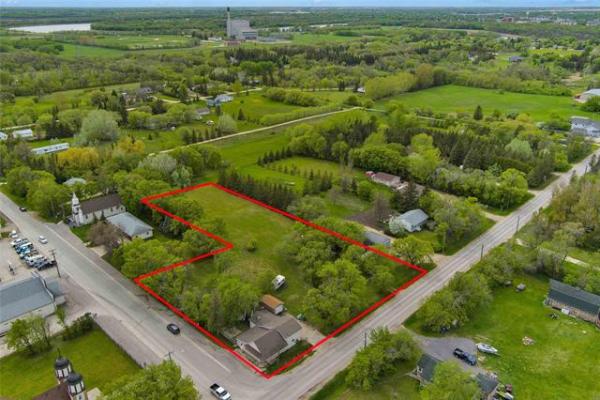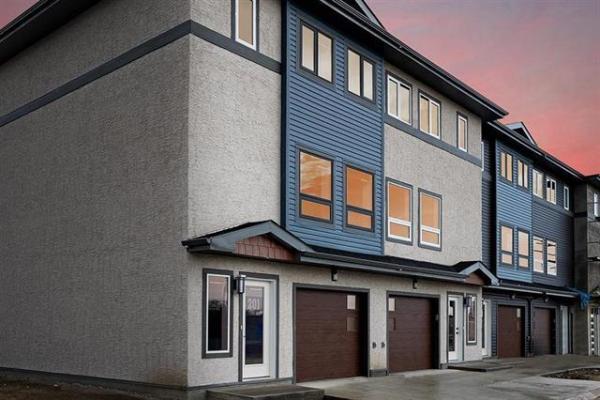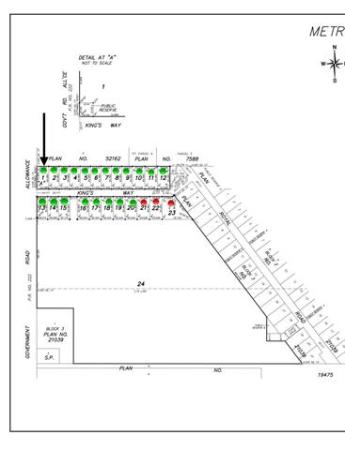
For those who faithfully keep their lawns trimmed and carry out seek-and-destroy missions on dandelions, it's enough to make you cringe.
But while we urban neat freaks can't get our heads around the fact people actually let their grass grow knee-high -- even mixed with randomly seeded wildflowers -- there is a growing sentiment in rural areas to have exactly this happen.
It's called conservation development and the newest example of this style is being proposed by Mark Kwasnicki, a high-end custom builder who now and again puts his talents to country residential land development.
His latest project is Silverhorn in the Bearspaw area of the Municipal District of Rocky View just north of Calgary, a largely rural area that is home to many a high-end home, estate or ranch.
To help bring Silverhorn along, Kwasnicki recruited the help of Elvin Karpovich, a director in the IBI Group's Calgary office.
One of the more interesting elements of this type of land development is the fact it tries to reduce the size of the footprint it leaves on the land by preserving trees, sloughs, dugouts, natural vegetation and wildlife corridors while giving potential homebuyers lots measuring from a half to a full hectare.
But here is another catch to conservation development: You can't just run around willy-nilly doing landscaping.
There are several elements to the home site.
The first is the building envelope, which will be large enough for a 4,500-square-foot two-storey home -- or 6,000 if you want to go to three levels.
Then there is a five-metre area around the home for gardens or lawn, and beyond that, "It's a no-touch zone out there," says Kwasnicki. "Everything has to stay in its natural state."
The county endorses the conservation development idea.
In fact, it was officials led by Rocky View reeve Lois Habberfield, who worked with Kwasnicki and Karpovich to put the finishing touches to the proposal.
But there were challenges that have to be faced for any jurisdiction considering this style of development, says Karpovich.
The biggest will be getting municipalities to accept and approve some of the design elements built into a conservation plan -- things like road standards, non-manicured medians and boulevards, and utilizing existing ponds and sloughs for stormwater run-off, he says.
Other elements include the communal sanitary treatment system, public open spaces that are created as natural areas, and the maintenance or non-maintenance of these spaces, says Karpovich.
"Our goal is to show that these spaces need minimal to no maintenance and that the natural environment is easy to maintain," he says.
"But in saying that we have provided for smaller usable spaces within the building envelope to accommodate a manicured lawn. Our intent is not to completely eliminate a mowed lawn, but to substantially reduce the acres and acres of mowed grasslands you find in typical country residential developments."
It sounds like it might be time to put away that rider mower and find yourself a push one.
Promoting conservation measures has been done before and fiscally, it makes a lot of sense, particularly in rural areas.
More and more communities are getting out of the landscape upkeep business because of the cost and manpower involved.
Karpovich says the other challenge is getting builders and homebuyers to understand the reasoning behind conservation development, how it works and how it will benefit them.
-- Canwest News Service



